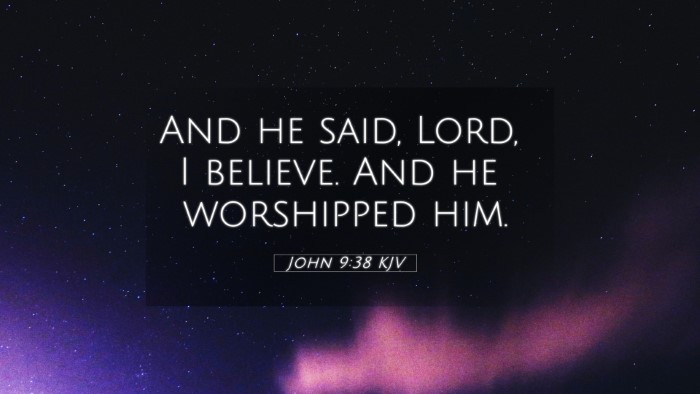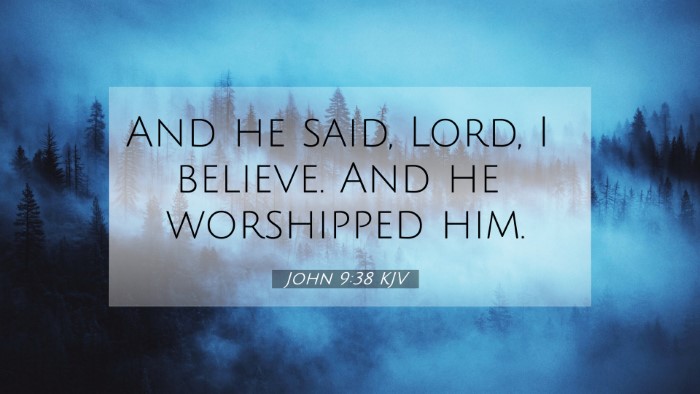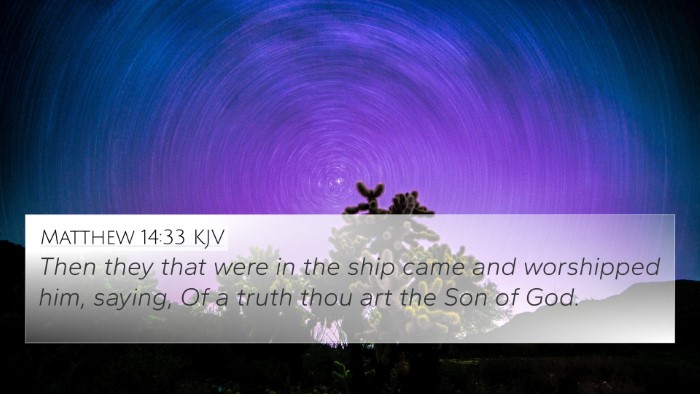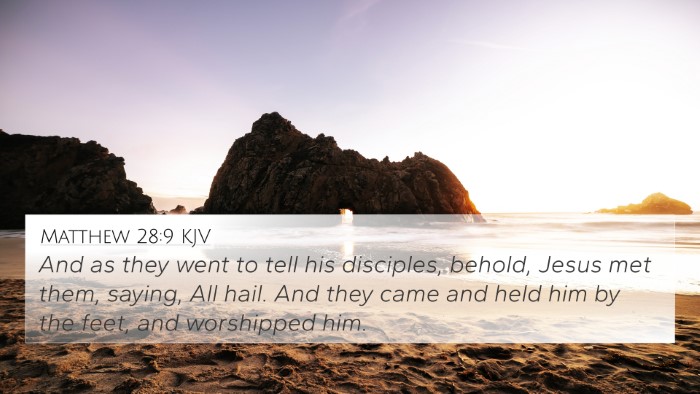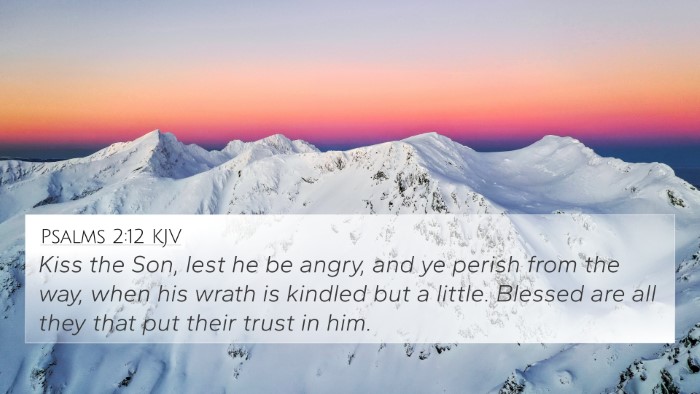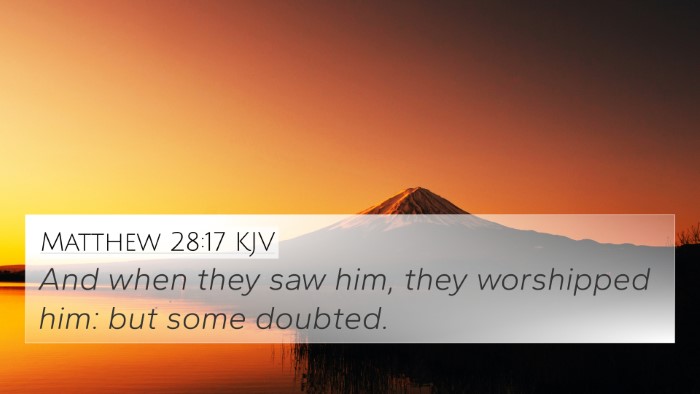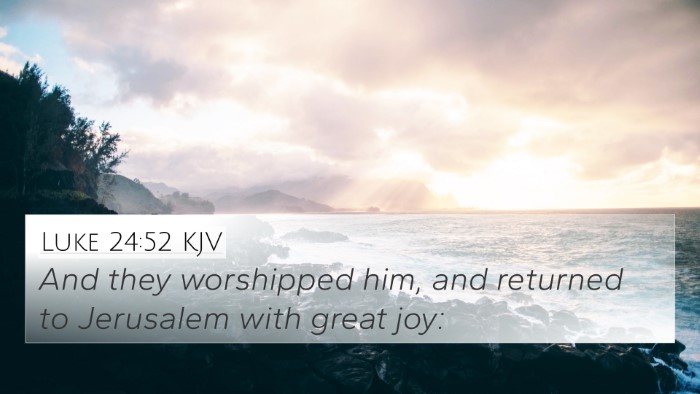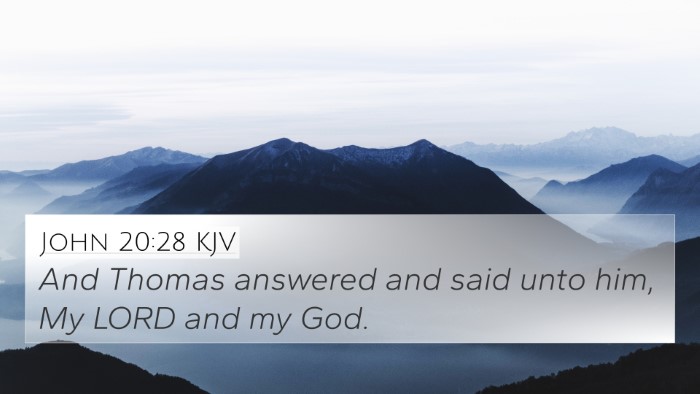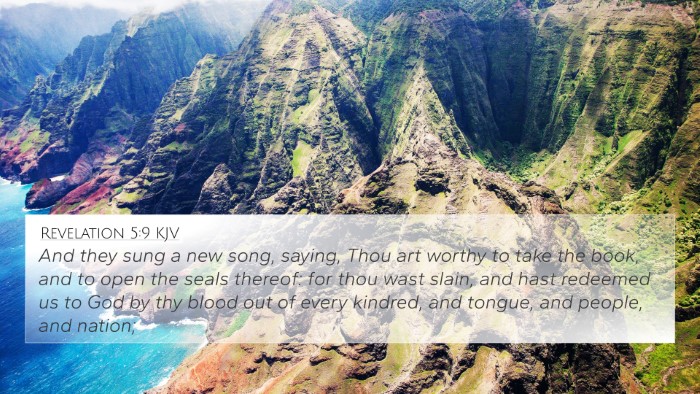Understanding John 9:38
John 9:38 states: "And he said, Lord, I believe. And he worshiped him." This pivotal moment occurs after Jesus heals a man born blind, underscoring profound themes of faith and recognition of Christ's divine authority. The response of the healed man emphasizes the essential act of worship as a response to revelation and belief.
Commentary Insights
Understanding John 9:38 can be enriched by insights from various public domain commentaries:
-
Matthew Henry:
Henry emphasizes that the blind man's faith was born out of personal experience and testimony. His proclamation of belief indicates a transformation brought about by an encounter with Christ, highlighting how genuine faith often stems from a personal understanding of grace and divine intervention.
-
Albert Barnes:
Barnes points out the significance of the man’s acknowledgment of Jesus as Lord. This acknowledgment showcases not just belief but also recognition of Jesus’s authority and divinity, an important aspect of developing a relationship with God through Christ. The act of worship is both a response of reverence and recognition of Christ’s identity.
-
Adam Clarke:
Clarke provides a detailed analysis of the worship conducted by the healed blind man. He suggests that true worship arises from understanding and belief in Jesus’s power. Clarke underscores that worship in this context is not merely ritualistic but an authentic expression of gratitude and reverence, exemplifying the response of a heart transformed by faith.
Thematic Connections
This verse is rich in connections to broader biblical themes, particularly focusing on faith, healing, and recognition of Christ. It invites readers to explore various scriptures that resonate with its message. Here are several Bible verse cross-references connected to John 9:38:
- John 20:28: Thomas’s declaration of faith, "My Lord and my God!" reinforces recognition of Jesus’s divinity.
- Romans 10:9: "If you declare with your mouth, ‘Jesus is Lord,’ and believe in your heart that God raised him from the dead, you will be saved," parallels the confession of faith showcased in John 9:38.
- Hebrews 11:6: This verse highlights the necessity of faith in pleasing God, aligning with the belief displayed by the healed man.
- 1 Peter 2:9: Drawing connections between identity and profession of faith, this verse discusses being a chosen people, echoing the transformative nature of encountering Christ.
- Acts 4:12: This verse states that salvation is found in no one else but Jesus, similar to the understanding that the blind man must have formed during his encounter with Christ.
- Philippians 2:10-11: These verses discuss every knee bowing to Jesus, which reflects the worship the healed man shows through his act of adoration.
- Matthew 28:17: The disciples worship Jesus after His resurrection, depicting a similar recognition of authority and divinity as echoed in John 9:38.
The Importance of Faith
The response of the healed man illuminates the essence of Christian faith. It urges believers to consider the transformative power of Christ’s actions in their lives and how these lead to genuine faith and true worship.
Exploring Cross-Referencing
Utilizing tools for Bible cross-referencing such as a Bible concordance can enhance one’s understanding of connections between passages, increasing theological insight and personal reflection in scripture study. In cross-reference Bible study, it is vital to examine how scripture interprets itself, unraveling deeper meanings and contexts.
By exploring cross-referenced themes in the Bible, readers can better grasp the continuity of God’s message throughout both the Old and New Testaments. Adopting a cross-referencing Bible study method allows each verse to illuminate and enrich the understanding of others, creating a tapestry of faith that encourages both individual reflection and communal discussion.
Conclusion
In summary, John 9:38 serves as a profound reminder of the power of belief and the necessity of worship in response to the divine. By examining this verse through the lens of public domain commentaries and exploring its cross-references, believers can deepen their understanding of faith and its expression in worship. The connections between Bible verses further solidify the overarching narrative of redemption and the nature of Jesus as Lord.

